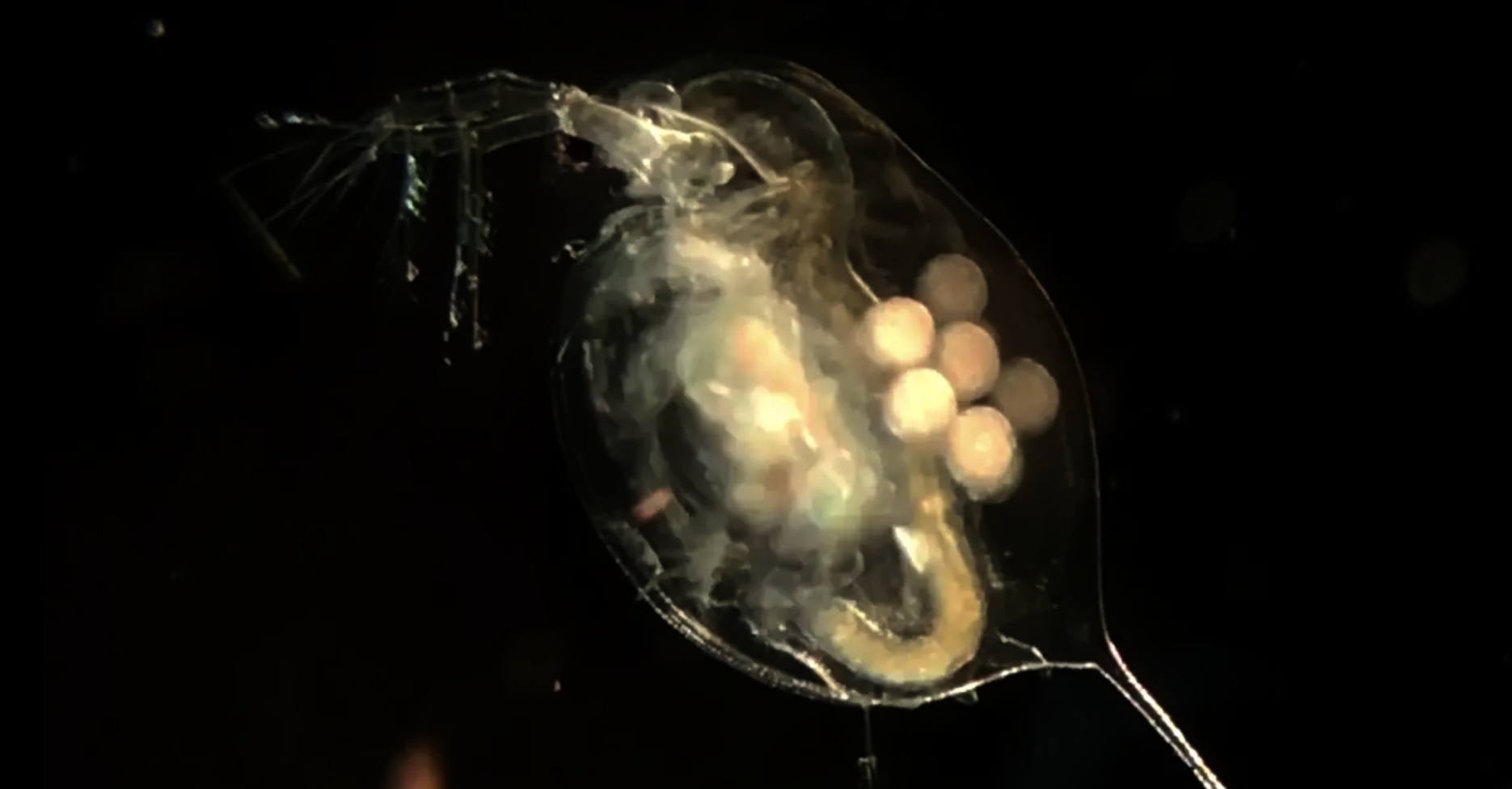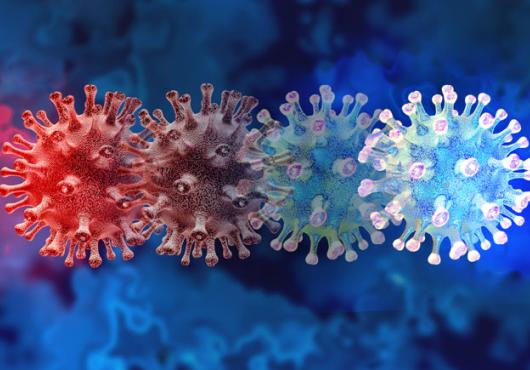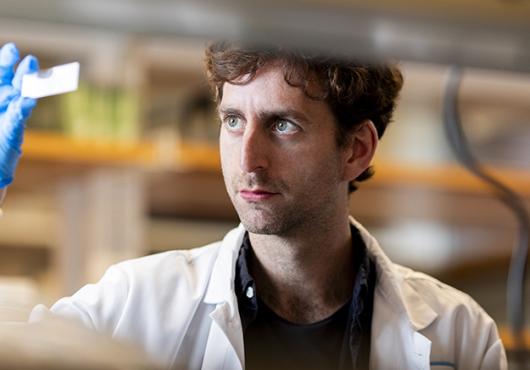
Huge amounts of time and money have been devoted to finding treatments for diseases that become more common as we age, like cancer and Alzheimer’s. However, Leonid Peshkin, a lecturer in systems biology in the Blavatnik Institute at Harvard Medical School, is among a growing number of scientists who view such diseases as symptoms of a bigger and more universal process: aging itself.
“I’ve always felt like aging is a disease that is no different than any other disease, and just because we are so used to it, we shouldn’t take it for granted,” Peshkin said. “I want to look at the root cause of aging and understand it fundamentally. What is the cause and what is the effect? What is high up in this cascade? And most importantly: How can we fix aging?”
Despite earning a PhD in machine learning and artificial intelligence, Peshkin has always been fascinated by the concept of aging, so when he had the chance to pivot into aging research, he took it.
Now, Peshkin is combining his expertise in computer science with skills he has gained in biology to develop a new model system for aging research. He hopes that his research will illuminate fundamental features of aging and ways to address them as well as encourage scientists with other skills to get involved.
Peshkin spoke to Harvard Medicine News about how he plans to use his new model system to study aging and why he thinks crowdsourcing is the key to advancing the field more quickly.
HMNews: What are some of the problems in how people are currently studying aging?
Peshkin: In the field of aging, a naive view is that people are searching for the elixir of life—a supplement or a pill that extends life. There is a vast body of literature where people claim that certain drugs, diets, or regimens extend the lives of model organisms such as ants, worms, flies, fish, or mice. People do an intervention, measure how long the animals live, get an extension of median life of 10, 15, or 20 percent, and publish a paper. There are several problems with this approach.
One problem is that papers—even those on the same species—often use different controls, making it impossible to compare results. We’re lacking nice, standardized data about life span across laboratories and across organisms. Additionally, studies often use mice that are engineered to age rapidly, living for only a couple of months. Extending the life span of these mice from two to three months looks like a huge accomplishment, but probably has very little to do with extending healthy life span. Which leads to another set of questions: What are we trying to do? Are we extending life span for the sake of life span? We don’t want an organism to live longer if it has a miserable, demented, frail existence. We want to see how much an animal eats, how it procreates, how well it reacts to stimuli. Health span, not life span, is key.
HMNews: How does your new model system address these problems?
Peshkin: My colleagues and I realized that we need a standardized, scalable system we can use to test how drugs, diets, and other interventions affect behavior, reaction to stimuli, and additional measures of health span. We started developing a system using Daphnia magna, a species of water flea that has been used in toxicology and environmental research for decades, but hasn’t been used to study aging.
What’s so great about Daphnia? The species has a life span of one month, and even though it’s an invertebrate, it is a complex organism. It is beautifully transparent, with a beating, two-chambered heart, an innate immune system, eyes, a brain, and muscle tissue. In fact, when we use electron microscopy to zoom in on the cells of Daphnia, we see that the neurons and muscle cells look very similar to human neurons and muscle cells. Daphnia is also extremely sensitive to small concentrations of drugs. Finally, Daphnia is parthenogenetic, or clonal, so the offspring are identical.






